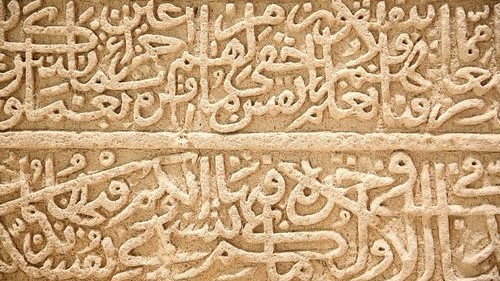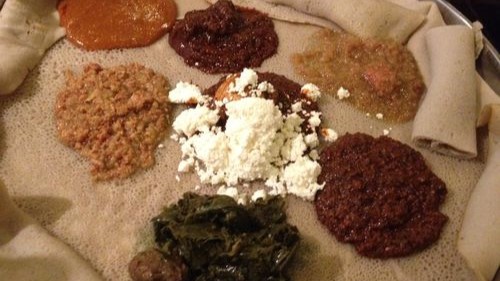Arabic calligraphy, artistic handwriting that uses the Arabic alphabet, is a central fixture in Islamic art. Calligraphy is present across a multitude of art forms, ranging from dainty dishware to impressive buildings like the Taj Mahal, one of the Seven Wonders of the World. While Arabic calligraphy sometimes simply decorates these various art forms, it is also considered an art form in and of itself.
One of the reasons why calligraphy is so omnipresent is that the Quran was originally written in Arabic. In the Islamic religion, it is believed that the Quran is a record of God’s words to the Prophet Muhammad. In addition to having religious ties, written Arabic is also aesthetically pleasing. Words are recorded in series of brush strokes. The size, width, and direction of the brush strokes or even the deepness of the ink can be tools of expression. The color of the ink also varies and is dependent on what the artist wants. There are also many different styles of calligraphy. Some styles are more angular and rigid, while others are cursive and sinuous.









